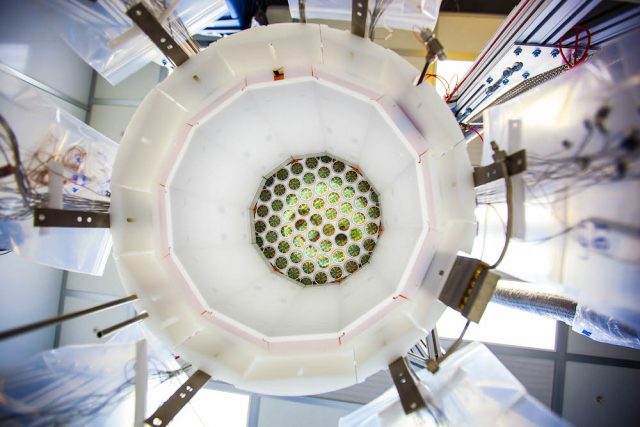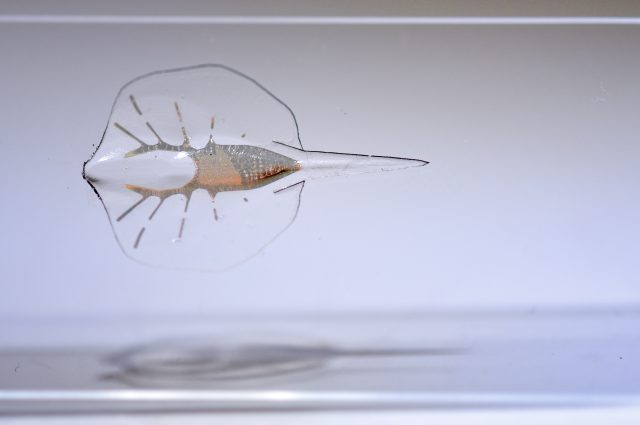
Solar Impulse on the ground in New York City. (credit: John Timmer)
Right now the Solar Impulse aircraft is over the Persian Gulf, approaching Abu Dhabi, its final destination. As Abu Dhabi is also the location that the craft started on its round-the-world flight, its extended journey is near an end. The Solar Impulse flight marks the first circumnavigation of the globe by a piloted solar aircraft.
Bertrand Picard is at the controls, having started the flight in Cairo and taken the craft over Saudi Arabia, Qatar, and the Persian Gulf. The final flight has taken about a day and a half so far and has suffered a lot of turbulence as the desert below it heated up and cooled off.
At the moment, Solar Impulse is making slow loops back and forth offshore, suggesting that the team is waiting for either traffic or weather conditions to improve at its destination. Since it's currently night, it's also possible that the team wants to bring the aircraft down at a time when it will be possible for everyone to see it.








